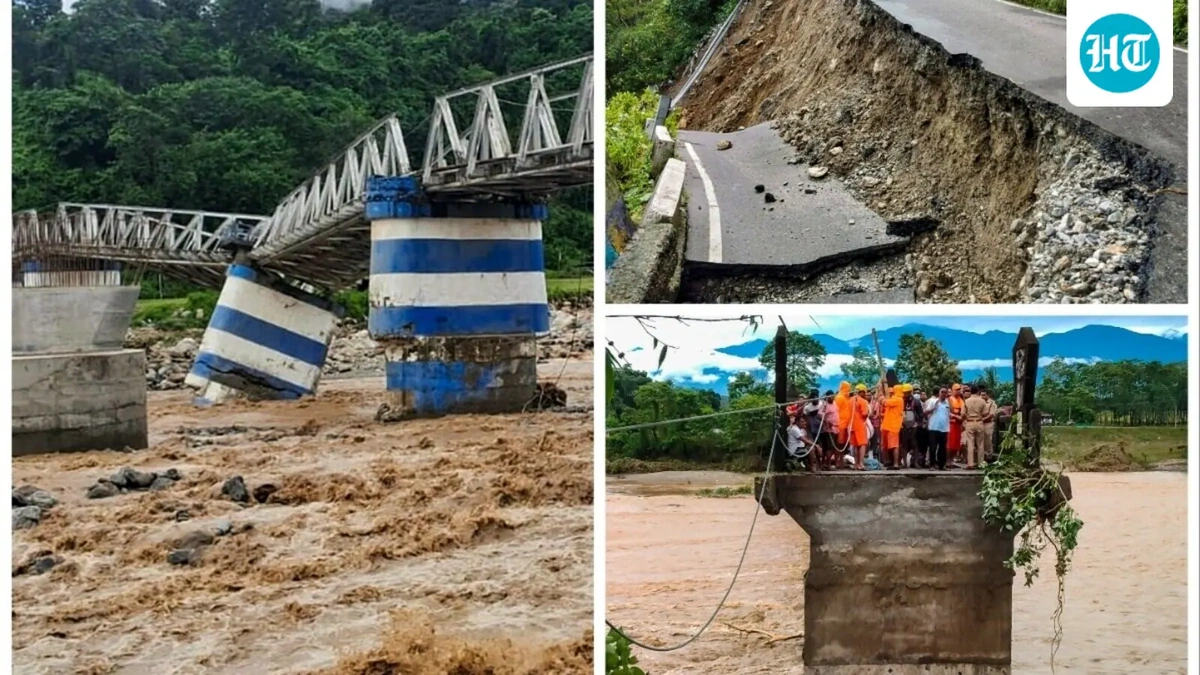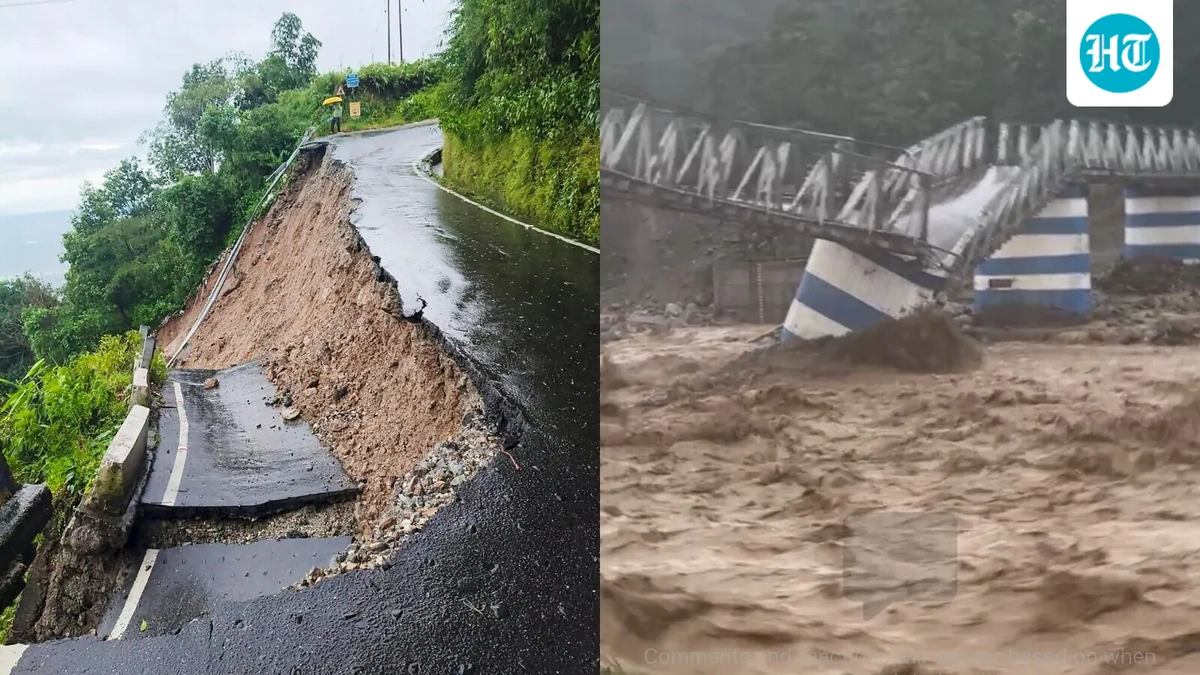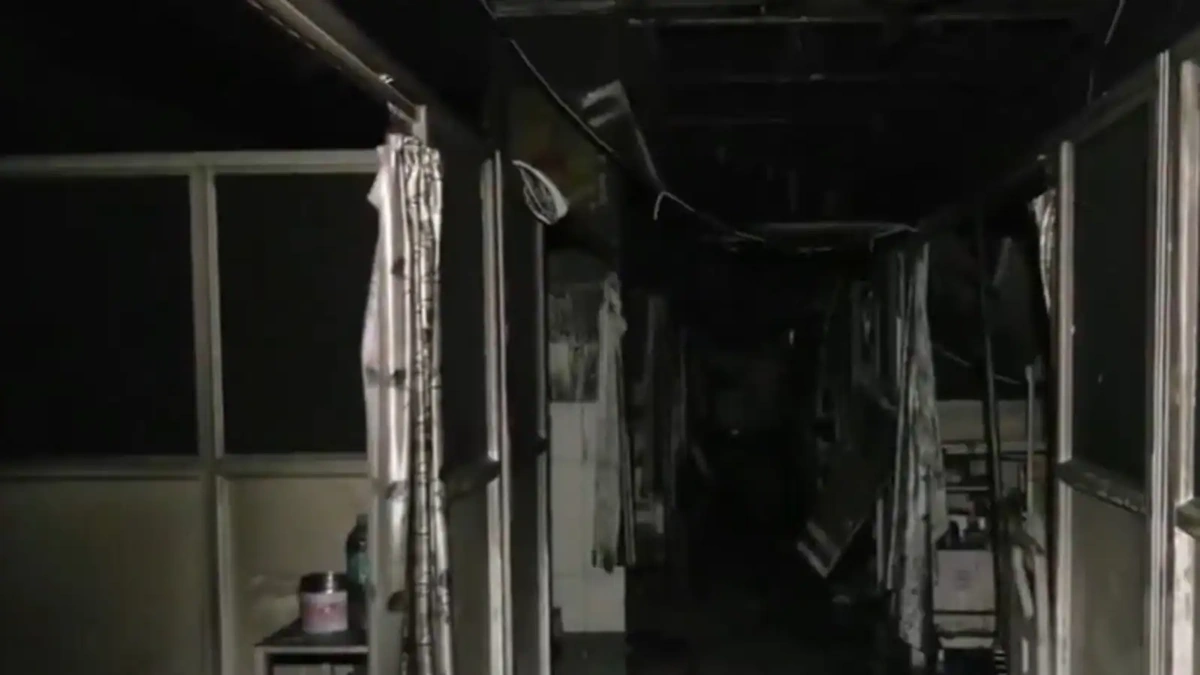Poor Governance Blamed for Darjeeling Landslides by Environmentalists
The hills of Darjeeling, with their iconic tea gardens and breathtaking views, are facing a crisis. It’s not just about the earth moving; it’s about livelihoods, homes, and a way of life being washed away. Darjeeling landslides are becoming increasingly frequent and severe, and while natural factors play a role, the finger is increasingly being pointed at something far more preventable: poor governance. Let’s delve into why environmentalists are sounding the alarm and what it means for the future of this fragile region.
Why Are Darjeeling Landslides Happening More Often?

Here’s the thing: landslides aren’t new to the Himalayas. The region is geologically active, and heavy rainfall during the monsoon season has always posed a risk. But what’s different now? Why are these events becoming more catastrophic? The answer, according to many experts, lies in a combination of unchecked development and a disregard for environmental regulations. And it’s crucial to understand the relationship between environmental degradation and these disasters.
One of the primary culprits is unsustainable construction. Think about it: the demand for housing and tourism infrastructure is skyrocketing. But instead of careful planning and eco-friendly building practices, we’re seeing rampant construction on unstable slopes. Forests are cleared to make way for buildings, roads are built without proper drainage, and the very foundations of the hills are weakened. What fascinates me is how short-sighted this approach is. It’s like sawing off the branch you’re sitting on. A common mistake I see people make is underestimating the power of nature. Nature always bats last.
Deforestation is another major factor. Trees and vegetation play a vital role in holding the soil together. Their roots act like natural anchors, preventing erosion and stabilizing slopes. When forests are cleared for agriculture, timber, or development, the soil becomes vulnerable to landslides. It’s a simple equation: fewer trees equals more landslides. This is particularly concerning in areas with steep slopes and heavy rainfall. The rate of deforestation in the Himalayas is alarming.
And then there’s the issue of inadequate infrastructure. Poorly maintained roads, inadequate drainage systems, and a lack of proper waste management all contribute to the problem. When rainwater isn’t properly channeled away, it seeps into the ground, saturating the soil and increasing the risk of landslides. Similarly, improper waste disposal can clog drainage systems and further destabilize slopes. According to reports, landslides cause billions of dollars in damages each year.
The Human Cost | Stories from the Ground
Statistics and scientific explanations are important, but they don’t tell the whole story. Behind every landslide is a human tragedy. Families lose their homes, their livelihoods, and sometimes their lives. Imagine waking up in the middle of the night to the sound of roaring earth, your house shaking violently, and the terrifying realization that your home is about to be swept away. That’s the reality for many people living in landslide-prone areas of Darjeeling.
Let me rephrase that for clarity: it’s not just about the loss of property; it’s about the emotional trauma, the displacement, and the uncertainty about the future. People who have lost everything in landslides often struggle to rebuild their lives. They face financial hardship, food insecurity, and a lack of access to basic services. And the psychological impact of such a traumatic experience can last for years. We need to focus on disaster risk reduction strategies to minimize these impacts.
What fascinates me is the resilience of these communities. Despite facing unimaginable challenges, they continue to rebuild and persevere. They help each other, share resources, and work together to create a better future. But their resilience shouldn’t be taken for granted. They need support from the government, NGOs, and the wider community to address the underlying causes of landslides and build more resilient communities. Landslides can lead to displacement of communities .
The Role of Governance | Where Did We Go Wrong?
Poor governance is at the heart of the problem. Environmental regulations are often ignored or poorly enforced, leading to unsustainable development and increased vulnerability to landslides. Corruption, lack of transparency, and a lack of accountability all contribute to the problem. I initially thought this was straightforward, but then I realized the complexities involved in land management and regulation.
Here’s the thing: it’s not just about passing laws; it’s about implementing them effectively. And that requires political will, resources, and a commitment to protecting the environment. Governments need to prioritize sustainable development over short-term economic gains. They need to invest in infrastructure that can withstand the impacts of climate change. And they need to engage with local communities to develop solutions that are tailored to their specific needs. The importance of land use planning cannot be overstated.
A common mistake I see people make is thinking that environmental protection is a luxury. It’s not. It’s an essential investment in the future. Healthy ecosystems provide vital services, such as clean water, fertile soil, and natural disaster protection. When we degrade the environment, we undermine our own well-being. Environmental monitoring and early warning systems are critical components of disaster management.
But, there’s some good news, too. Increased awareness of the problem is a step in the right direction. Activists and NGOs are working tirelessly to raise awareness about the causes and consequences of landslides. They are advocating for stronger environmental regulations and more sustainable development practices. And they are empowering local communities to take action to protect their environment. Landslide prevention measures are essential for protecting lives and property.
What Can Be Done? A Path Forward
So, what can be done to address the problem of Darjeeling landslides? The answer is multifaceted and requires a collaborative effort from the government, local communities, and the wider public. Here are a few key steps:
- Strengthen environmental regulations: Enforce existing laws and regulations, and develop new ones to address emerging challenges.
- Promote sustainable development: Encourage eco-friendly building practices, sustainable agriculture, and responsible tourism.
- Invest in infrastructure: Build and maintain roads, drainage systems, and other infrastructure that can withstand the impacts of climate change.
- Restore forests: Reforest degraded areas and protect existing forests from further destruction.
- Empower local communities: Engage with local communities to develop solutions that are tailored to their specific needs.
- Improve disaster preparedness: Develop and implement early warning systems, evacuation plans, and other disaster preparedness measures.
- Increase awareness: Educate the public about the causes and consequences of landslides and promote sustainable practices.
And, let’s be honest, it’s not just about what the government does. We all have a role to play. As individuals, we can make choices that reduce our impact on the environment. We can support sustainable businesses, conserve water and energy, and reduce our waste. We can also advocate for stronger environmental policies and hold our elected officials accountable. Landslide susceptibility mapping can help identify high-risk areas.
Conclusion | A Call to Action
The future of Darjeeling is at stake. The increasing frequency and severity of landslides pose a serious threat to the region’s environment, economy, and culture. But it’s not too late to turn things around. By taking action now, we can protect this precious region for future generations. It requires a shift in mindset, a commitment to sustainability, and a willingness to work together. Let’s choose a future where development and environmental protection go hand in hand, where communities are resilient and thriving, and where the hills of Darjeeling stand strong for years to come. The urgent need for climate change adaptation is evident in the Darjeeling region.
FAQ Section
What are the main causes of landslides in Darjeeling?
The main causes include unsustainable construction, deforestation, inadequate infrastructure, and heavy rainfall.
How does deforestation contribute to landslides?
Trees and vegetation hold the soil together, preventing erosion. When forests are cleared, the soil becomes vulnerable.
What can the government do to prevent landslides?
Strengthen environmental regulations, promote sustainable development, and invest in resilient infrastructure.
What can individuals do to help prevent landslides?
Support sustainable businesses, conserve resources, reduce waste, and advocate for stronger environmental policies.













